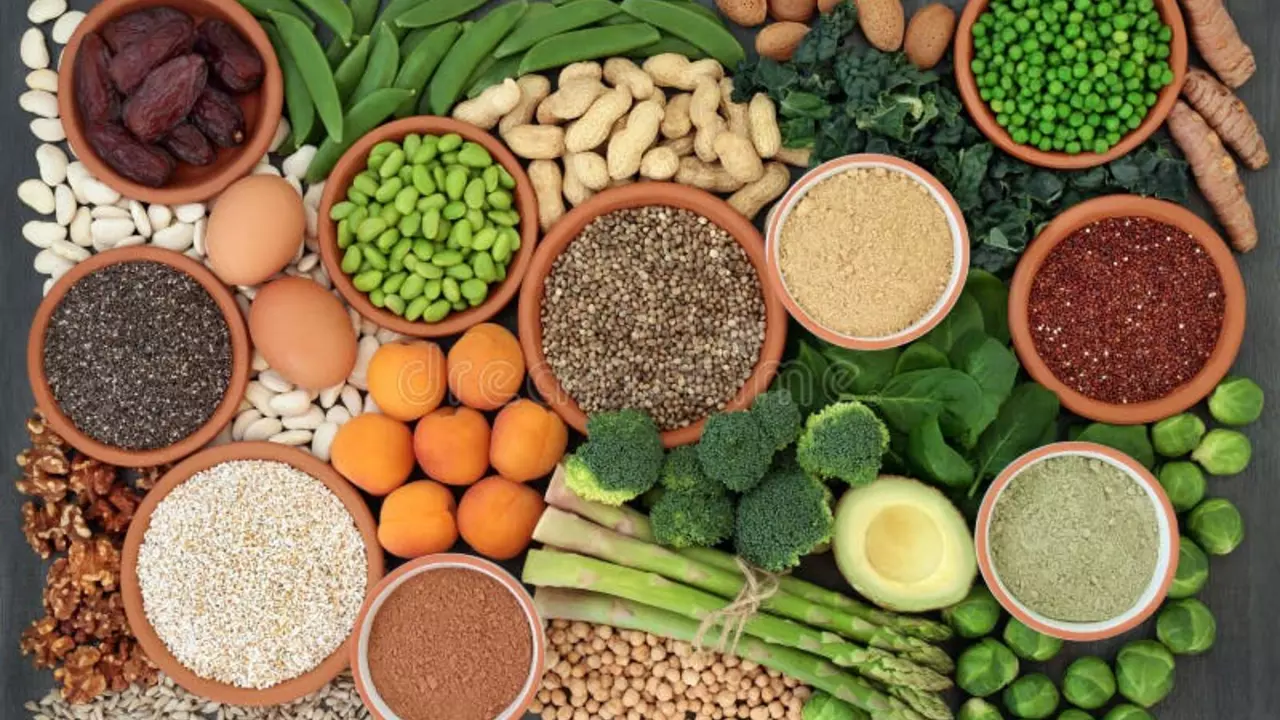If you’ve heard about the hyacinth bean but aren’t quite sure what to make of it, you’re not alone. This plant, often grown for its attractive flowers, is also known for its edible beans that pack nutrition and have been used in traditional medicine for ages. While it might not be a household name in every kitchen, learning about the hyacinth bean can open up new options for your health and meal planning.
So, what’s special about these beans? For starters, they’re rich in protein, fiber, and essential minerals, making them a solid choice for anyone looking to add plant-based nutrients to their diet. Plus, they contain certain compounds thought to help with digestion and metabolic health. But before you rush out to grab some, there are a few important safety tips to keep in mind since they contain natural toxins that need proper cooking to neutralize.
Cooking these beans right is key. Raw or undercooked hyacinth beans can cause unpleasant side effects, so boiling or soaking them thoroughly is a must. Many folks in regions where these beans are popular soak them overnight and then cook them well to ensure they’re safe and tasty. Think of it like how you prepare kidney beans—proper cooking turns these beans from potentially harmful to a healthy ingredient.
You can toss cooked hyacinth beans into soups, stews, or salads as a nutritious boost. Some cultures even use the fresh pods and leaves as greens, which also offer vitamins and antioxidants. If you’re curious about traditional uses, the hyacinth bean has played roles in natural remedies, from easing digestive issues to supporting immune health. Just remember, always introduce it gradually and watch for any unusual reactions, especially if you’re trying it for the first time.
Practical benefits aside, hyacinth beans may offer a plant-based source of several nutrients that we often overlook. Their fiber content helps keep your digestion steady, and the protein can be a good helper for muscle repair if you’re cutting back on animal products. Plus, they’re low in fat but can be filling, which is handy if you’re watching your weight or blood sugar levels.
Incorporating hyacinth beans can add variety, and if you enjoy exploring traditional foods with a modern twist, these beans offer a neat crossover. Just remember to respect the cooking process, as skipping that can cause more harm than good. With the right preparation, hyacinth beans hold promise as a healthy, tasty ingredient that’s worth trying out.
Posted by
Paul Fletcher
13 Comments

In my latest blog post, I delve into the fascinating journey of the Hyacinth Bean, an ancient superfood now gaining popularity in the modern dietary supplement world. This legume, packed with essential nutrients, was a staple in ancient diets and is now being rediscovered for its health benefits. Its high protein, fiber, and antioxidant content, coupled with its ability to combat certain diseases, make it a nutritional powerhouse. From its roots in ancient civilizations to its current status as a dietary supplement sensation, the Hyacinth Bean truly proves that old is indeed gold. Join me as I explore the remarkable story of this humble bean turned modern health hero.
read more